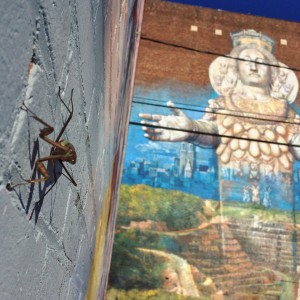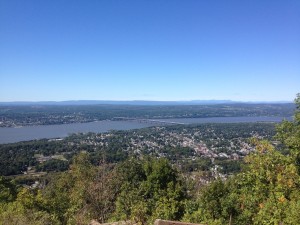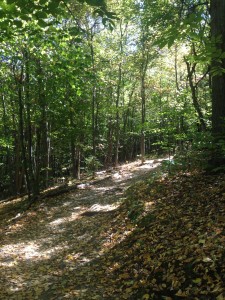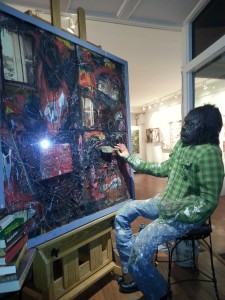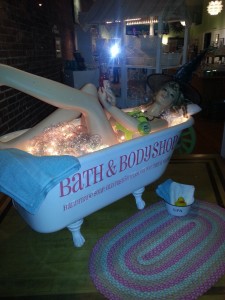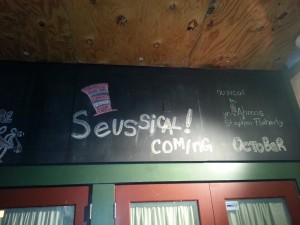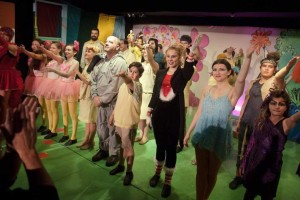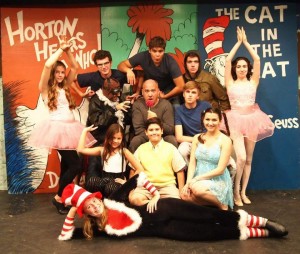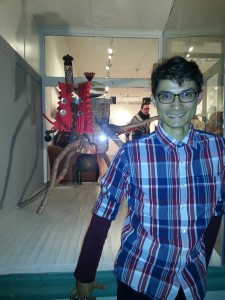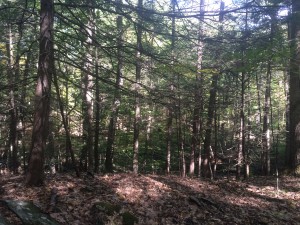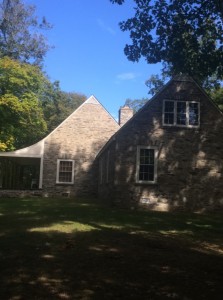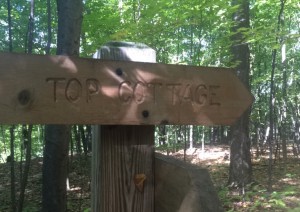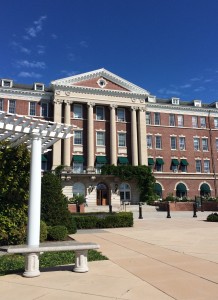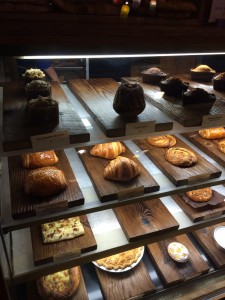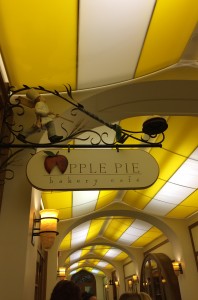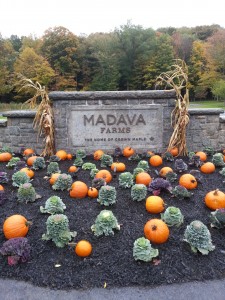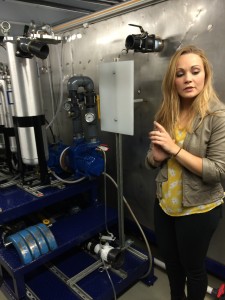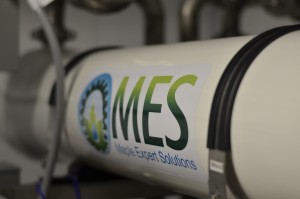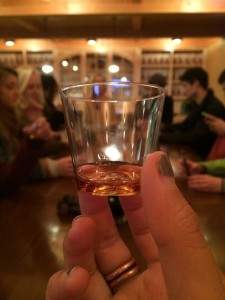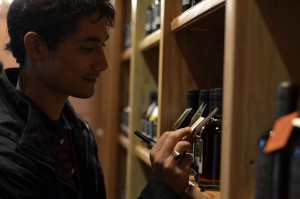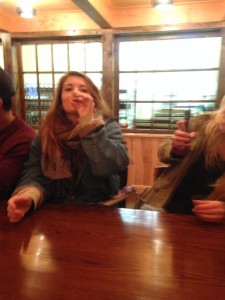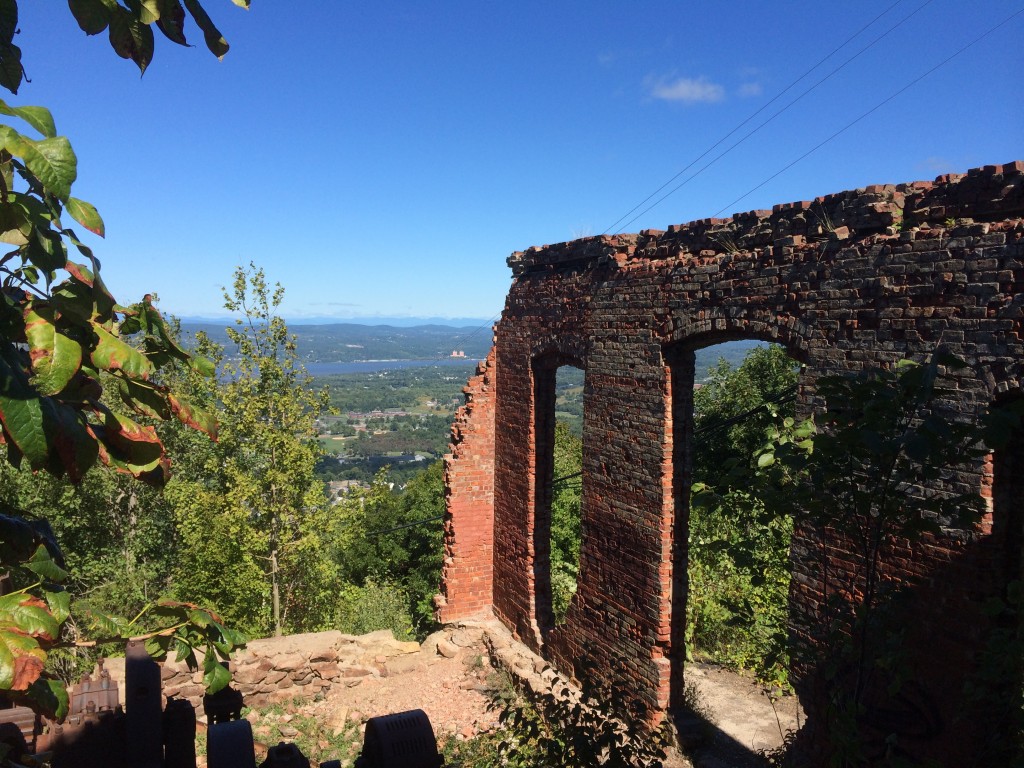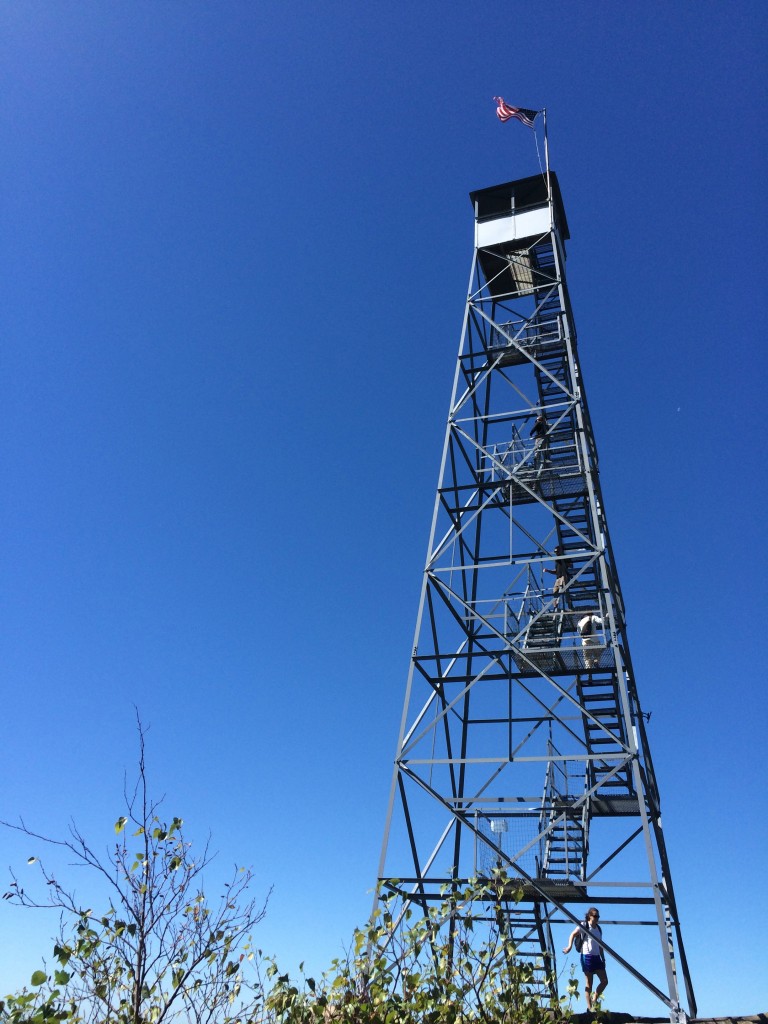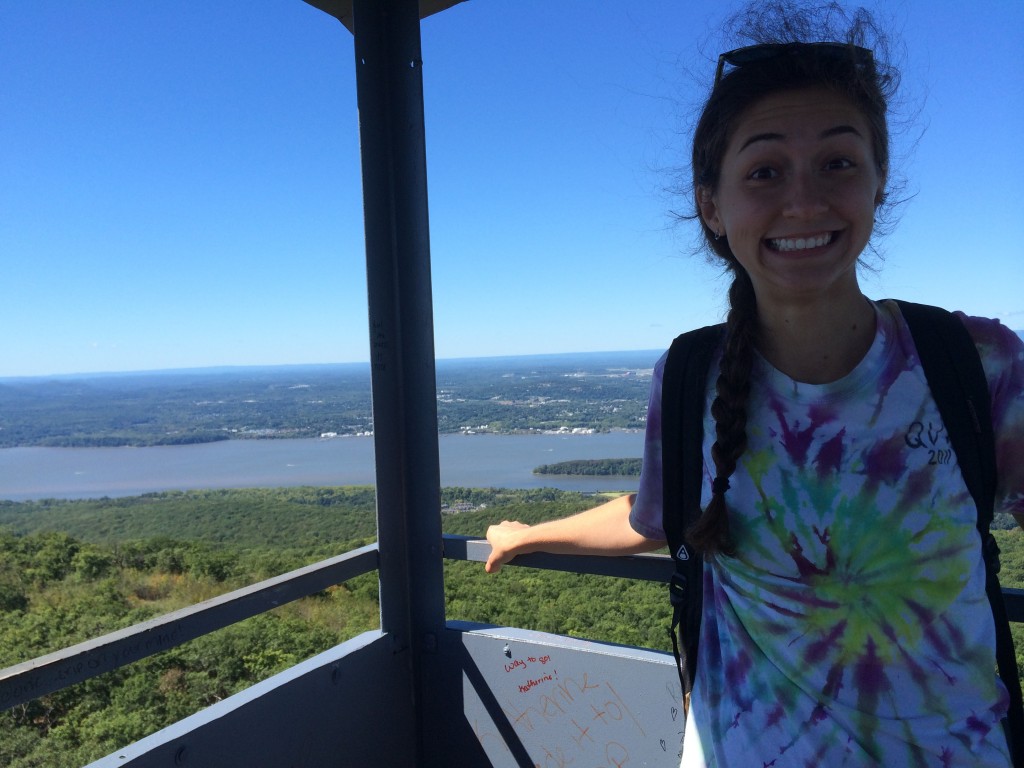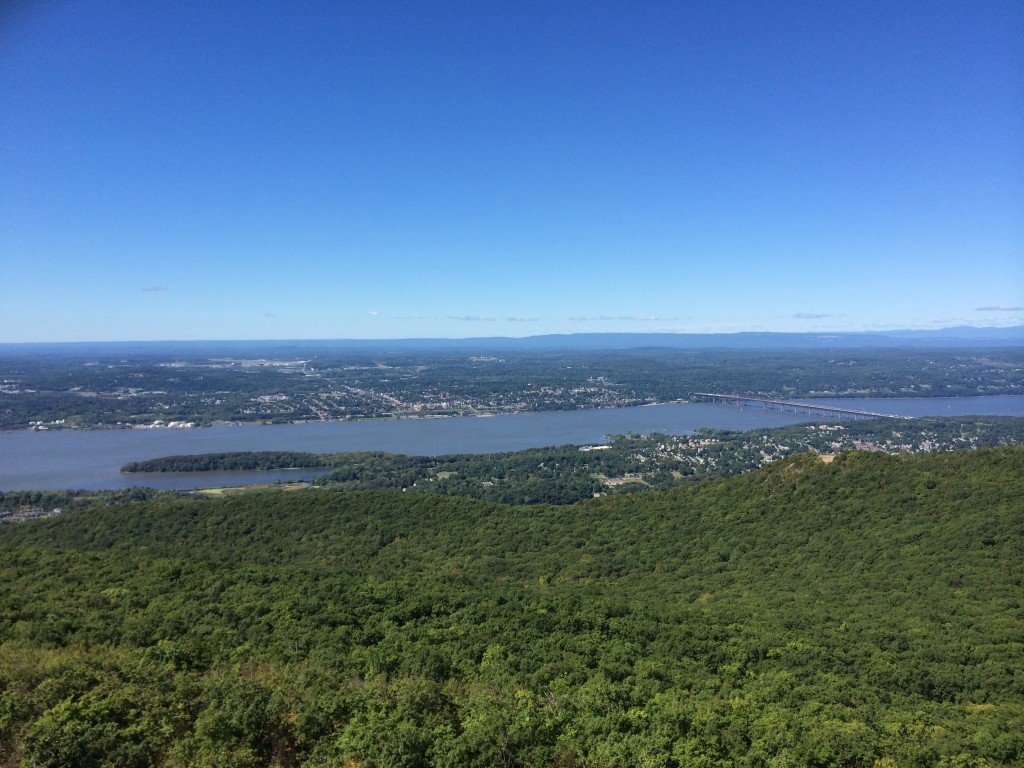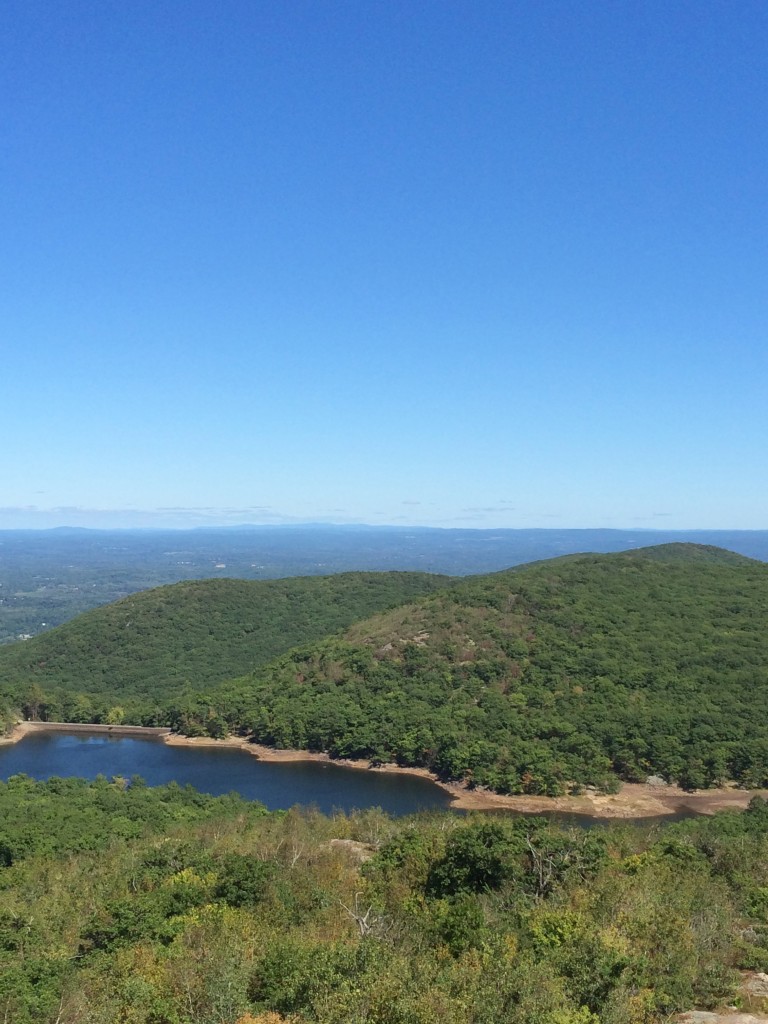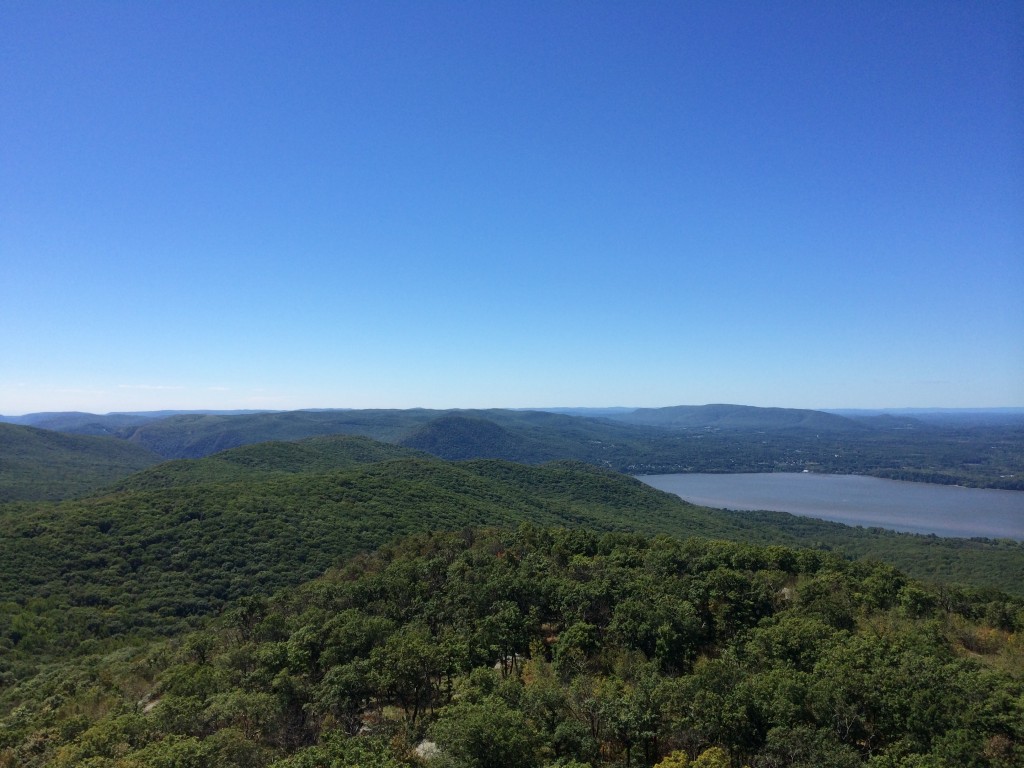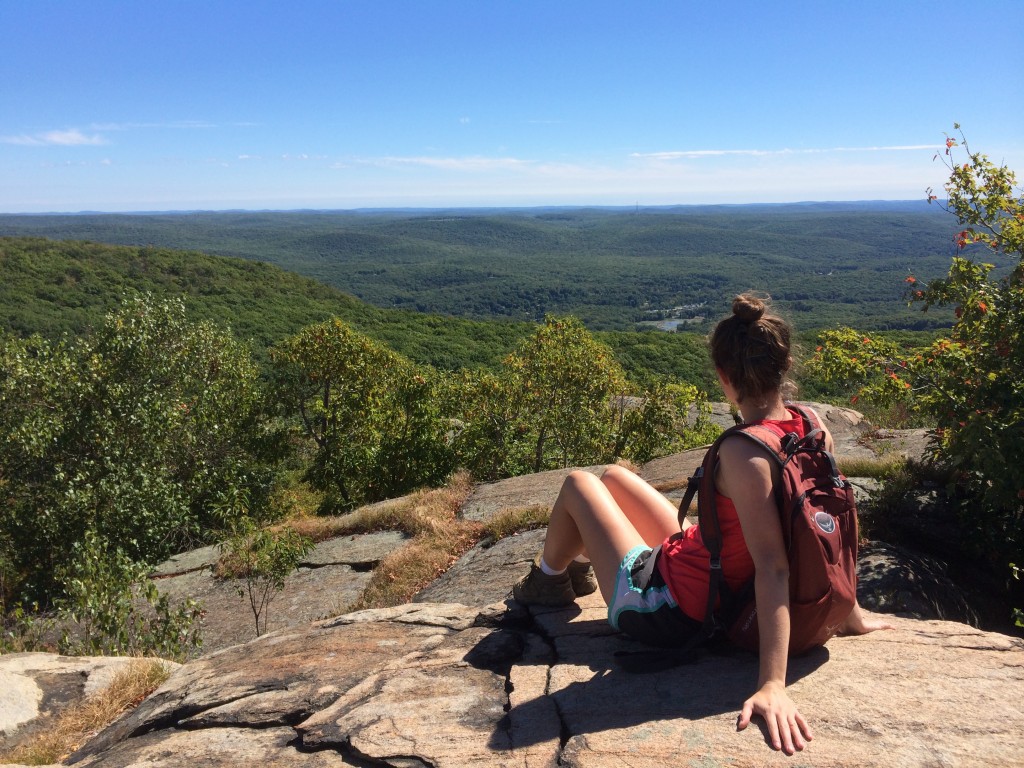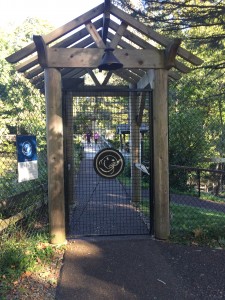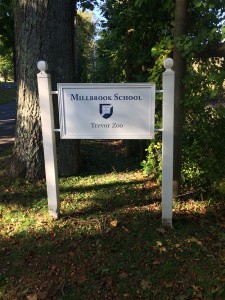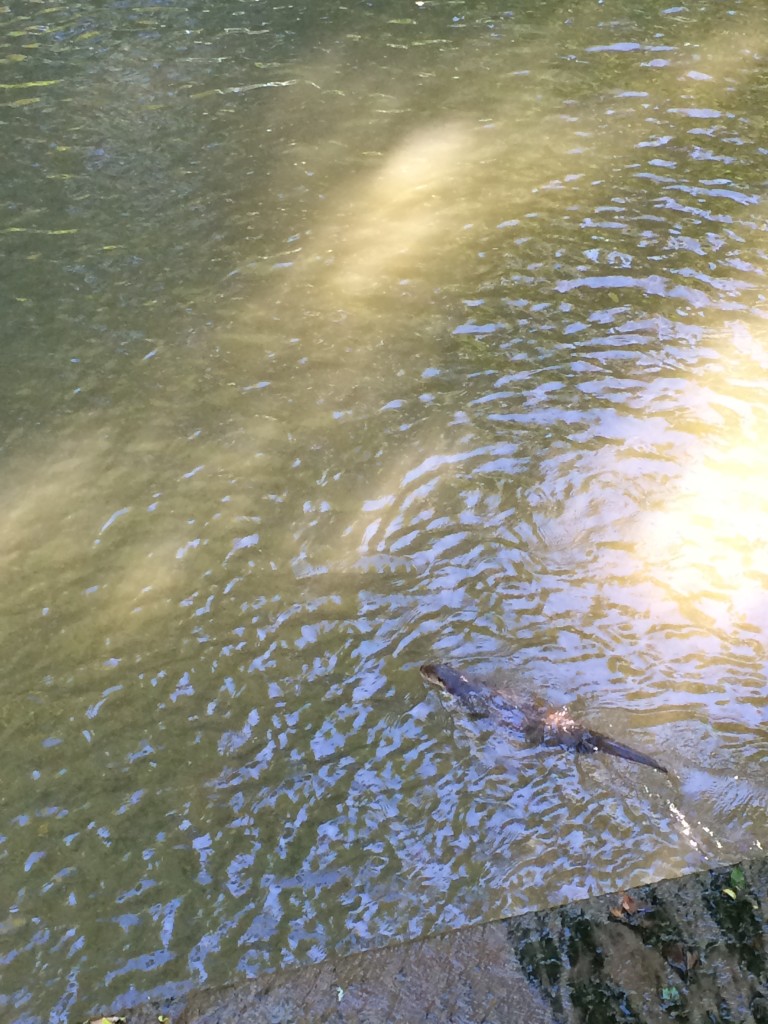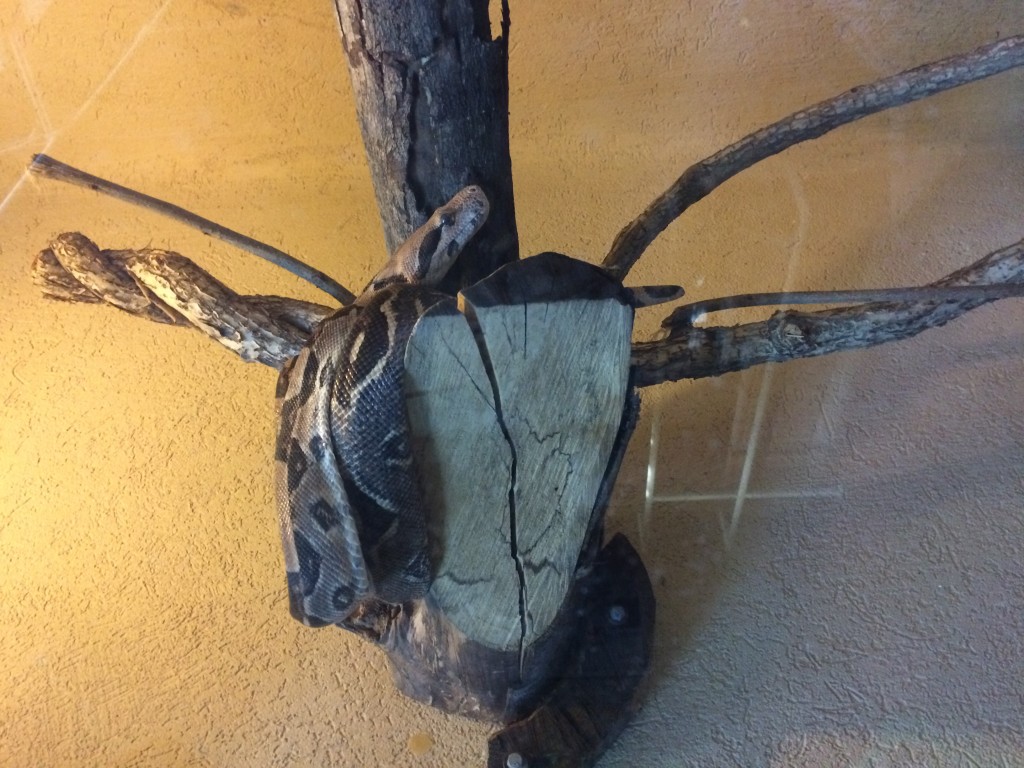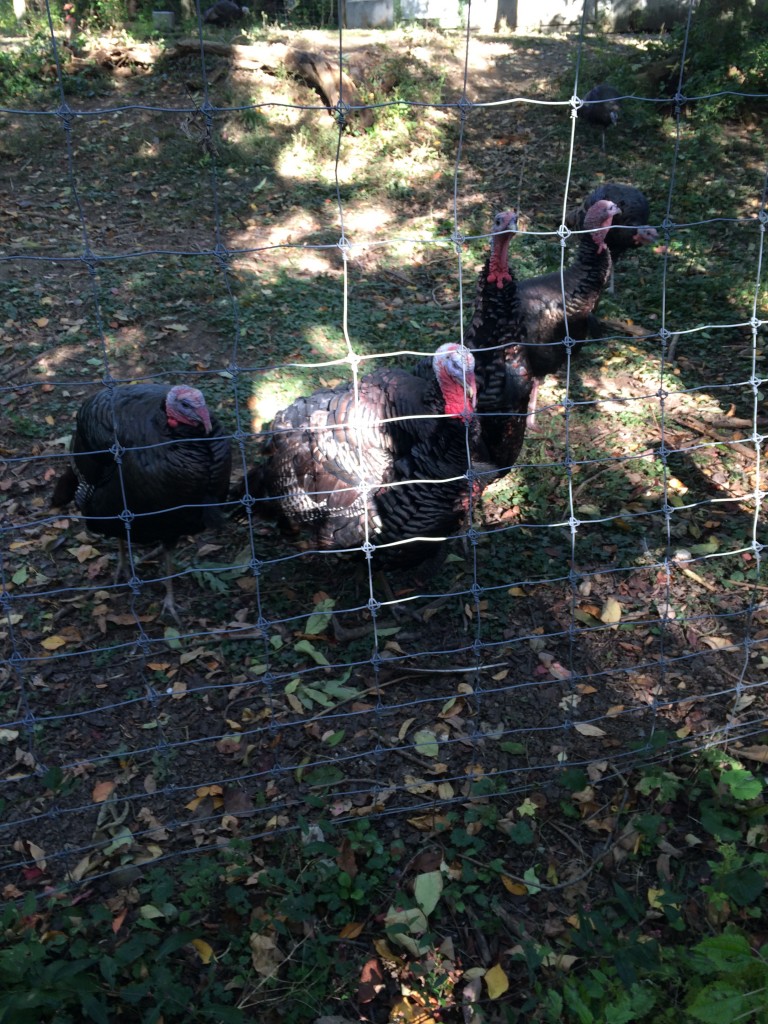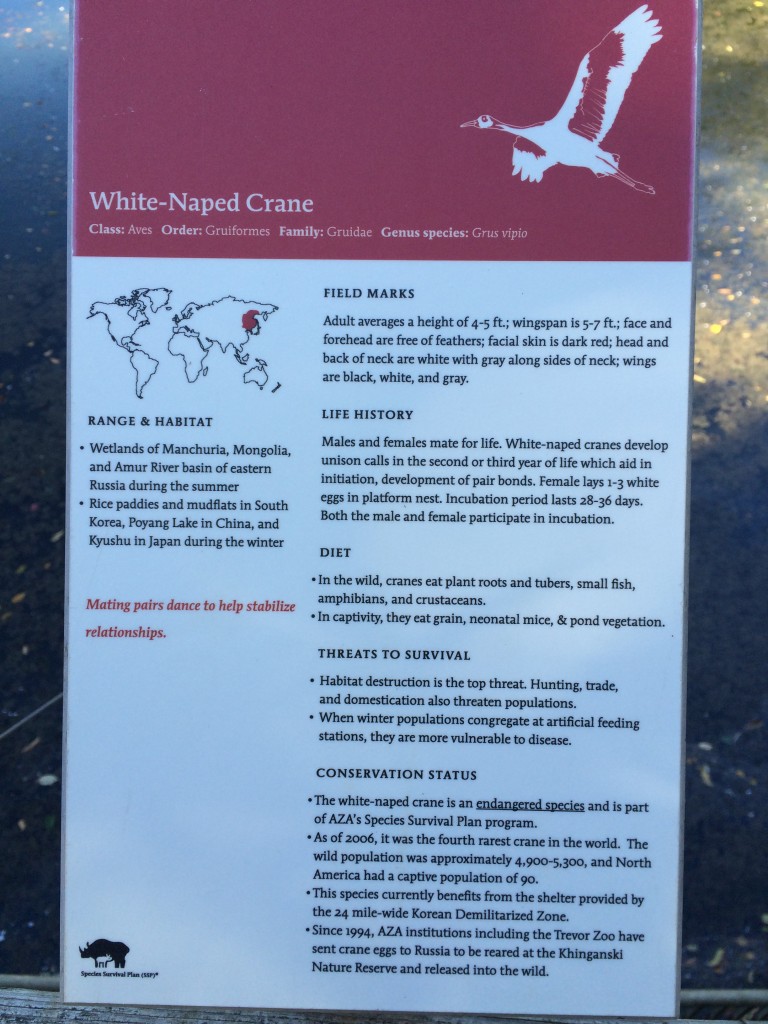Rail trails have grown in popularity in recent years, particularly in the Hudson Valley. Anybody coming to the Poughkeepsie area is practically obligated to stop by the Walkway Over the Hudson to take in the spectacular views. For those searching for a more intimate rail trail experience, and one that especially lends itself to running, biking, or walking, the Wallkill Valley Rail Trail in Ulster County is an excellent alternative.
The Wallkill Valley Rail Trail is over 22 miles long, stretching from Wallkill to Kingston. This makes it an excellent option for exercise enthusiasts looking for a flat and well-maintained trail to run on without having to worry about sharing the road with motorists.
I walked a portion of the trail that passed through New Paltz, NY. Due to a combination of scheduling conflicts and my love of early morning walks, I chose to walk the trail at sunrise. On the drive over the Mid-Hudson Bridge, the morning fog coming off of the Hudson created an eerie scene, making it seem like the bridge went to nowhere.
Fortunately, the bridge brought me across the river, so I was able to reach the rail trail. The trees surrounding the trail didn’t provide many views of a picturesque sunrise over the Hudson Valley, but there was no shortage of fascinating sights of mist-covered ponds and trees displaying their fall foliage.
One of the benefits of walking the rail trail early in the morning is that there is a greater chance of seeing wildlife. Early on in the walk, I saw some signs of beaver activity, as there were several trees along the trail that had been chewed through. There was also a small stream that ran parallel to the trail, so I was immediately hopeful that I would see a beaver dam. Sure enough, the stream widened into a pond, which turned out to have been created by a beaver dam. Although I looked long and hard, i didn’t see any beavers. Fortunately, I did see a family of deer enjoying the pleasant morning.
The beauty of a rail trail is that you can turn around at any point. When I felt that I had walked long enough, I decided to head back to where I first entered the trail, which was right by downtown New Paltz. When I made it back, I spent some time walking by the shops. Since it was so early, the most I could do was window shop, but it was enjoyable nonetheless. For those who go to the rail trail at a more reasonable hour, all that New Paltz has to offer will be fully available when you finish your walk.
For more information on the Wallkill Valley Rail Trail, visit the website at: http://www.wvrta.org/

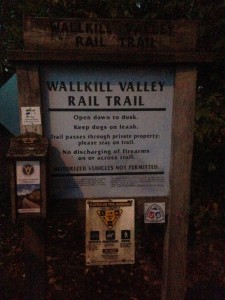
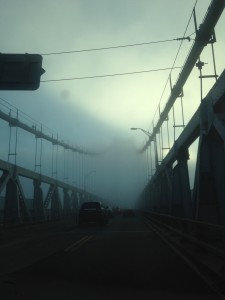
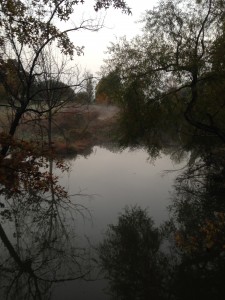
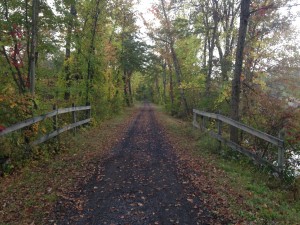
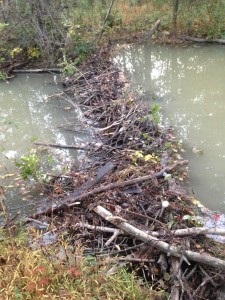
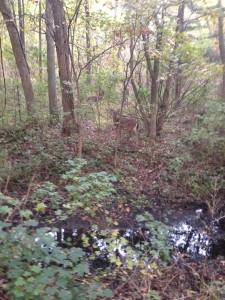
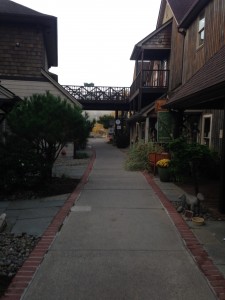

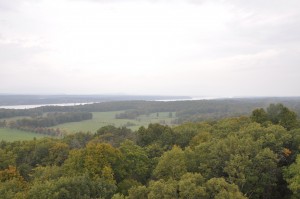
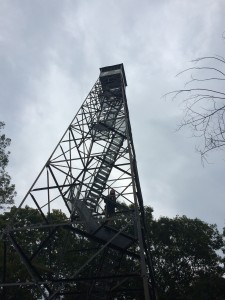
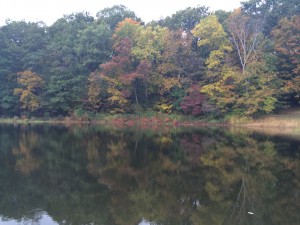
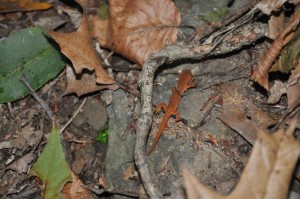
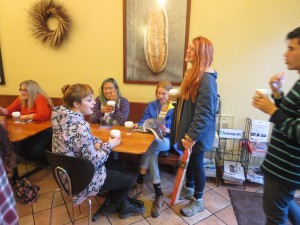

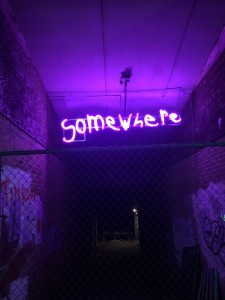
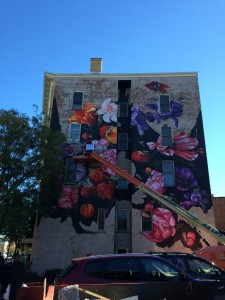 positive festival and some remained from previous years. The artists of these murals, which can be found on large walls throughout town, contain themes relevant to Kingston’s history and character. A few murals this year portrayed Sojourner Truth, who had a deep history in Kingston, while others acted as commentary about environmental issues and other pressing issues. These murals brighten up the city, but also ask viewers to think critically about the subject matter. The artists of these murals come from both near, expanding Kingston’s creative community.
positive festival and some remained from previous years. The artists of these murals, which can be found on large walls throughout town, contain themes relevant to Kingston’s history and character. A few murals this year portrayed Sojourner Truth, who had a deep history in Kingston, while others acted as commentary about environmental issues and other pressing issues. These murals brighten up the city, but also ask viewers to think critically about the subject matter. The artists of these murals come from both near, expanding Kingston’s creative community.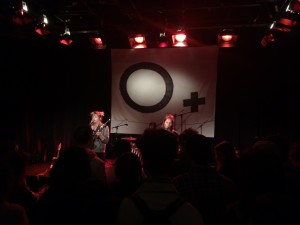 though it was also possible to walk. I saw several other music performances throughout the weekend including Widowspeak, Screaming Females, And the Kids, and the Connor Kennedy Band. These performances took place in BSP, where the backroom theater had been recently renovated to create a vaudeville vibe, the 721 media center, and at the Tin Roof sessions.
though it was also possible to walk. I saw several other music performances throughout the weekend including Widowspeak, Screaming Females, And the Kids, and the Connor Kennedy Band. These performances took place in BSP, where the backroom theater had been recently renovated to create a vaudeville vibe, the 721 media center, and at the Tin Roof sessions.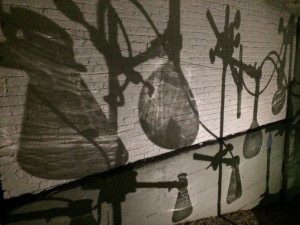 The Tin Roof sessions were daytime performances in an alleyway that is otherwise not utilized. The bands who played these sessions had already played evening performances in indoor
The Tin Roof sessions were daytime performances in an alleyway that is otherwise not utilized. The bands who played these sessions had already played evening performances in indoor 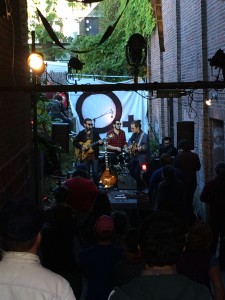 venues, but were given a second opportunity to play.
venues, but were given a second opportunity to play.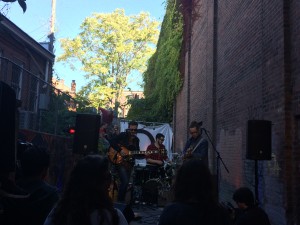
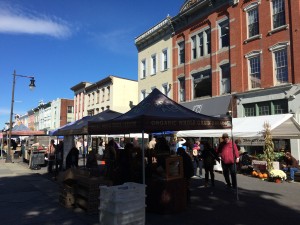 The cafes and coffee shops were a buzz and the farm stands offered a variety of meat, cheeses, vegetables, and local crafts. Lagunita’s was O+’s largest sponsor so their beers were available by donation at almost every venue. Though weekend evenings are usually pretty busy for uptown restaurants, this weekend brings a unique amount of business to the local restaurants and shops. In cooperation with the festival, most businesses offered discounts for O+ patrons, with particularly good discounts for those who donated $50 to receive the O+ donor card.
The cafes and coffee shops were a buzz and the farm stands offered a variety of meat, cheeses, vegetables, and local crafts. Lagunita’s was O+’s largest sponsor so their beers were available by donation at almost every venue. Though weekend evenings are usually pretty busy for uptown restaurants, this weekend brings a unique amount of business to the local restaurants and shops. In cooperation with the festival, most businesses offered discounts for O+ patrons, with particularly good discounts for those who donated $50 to receive the O+ donor card.